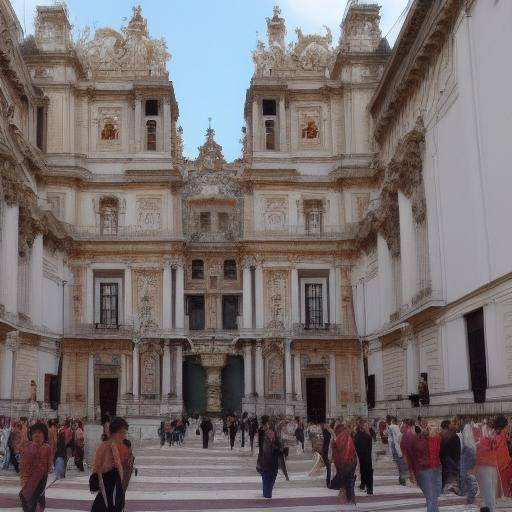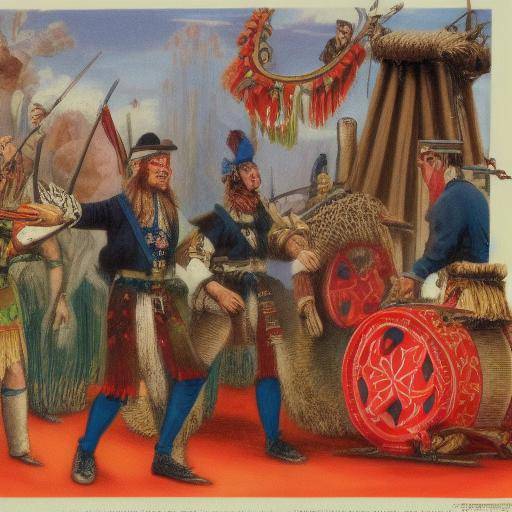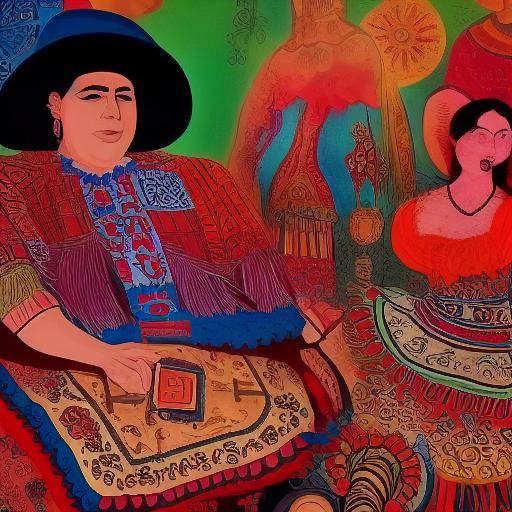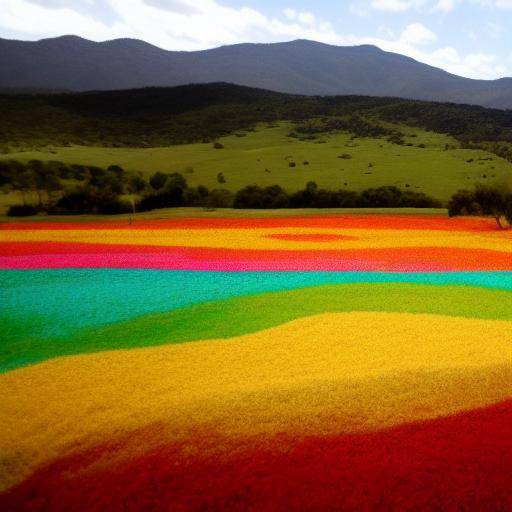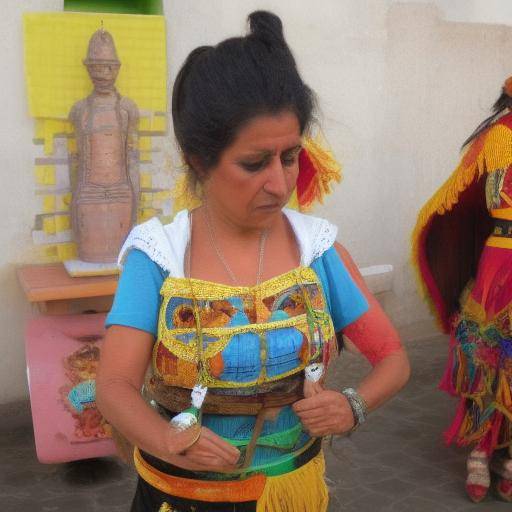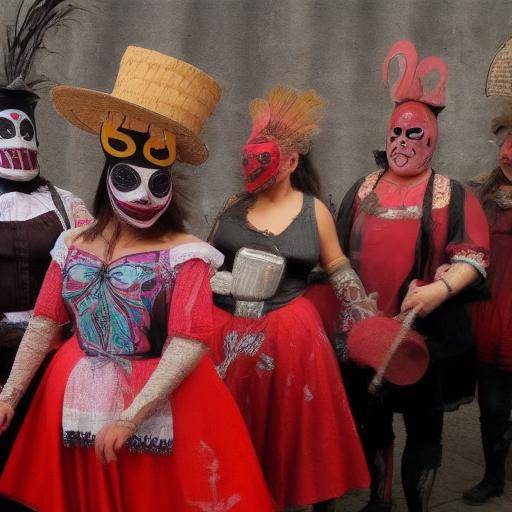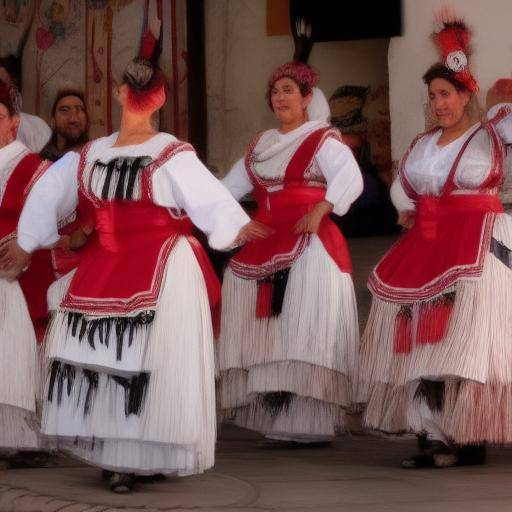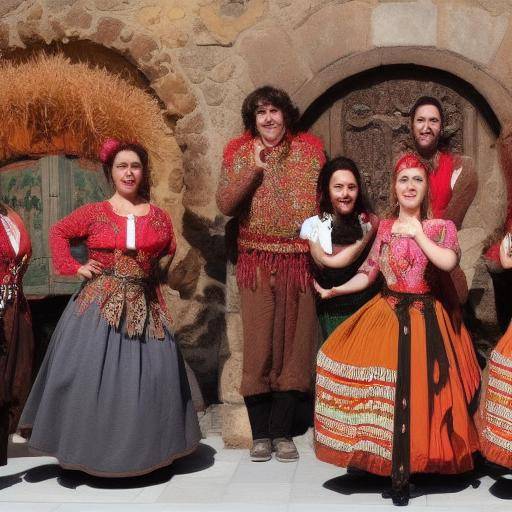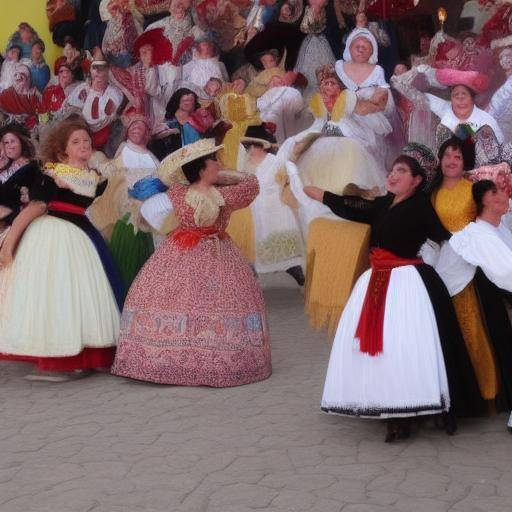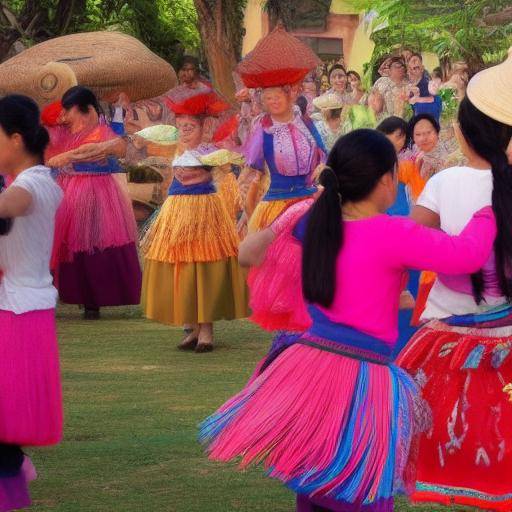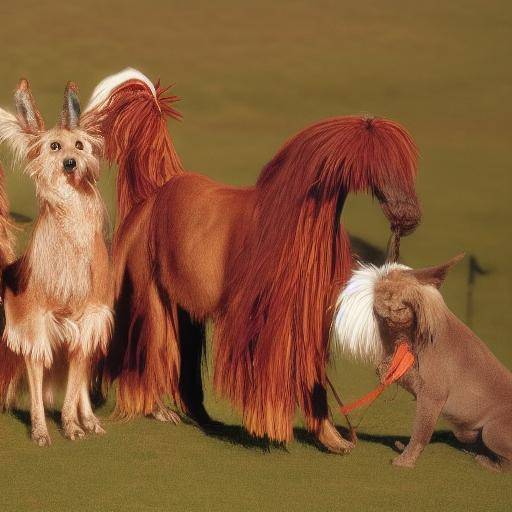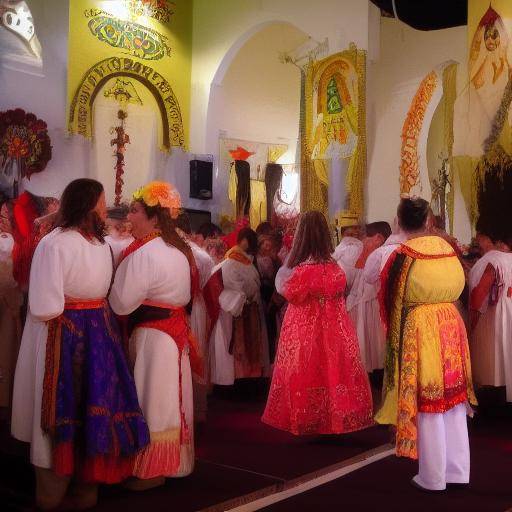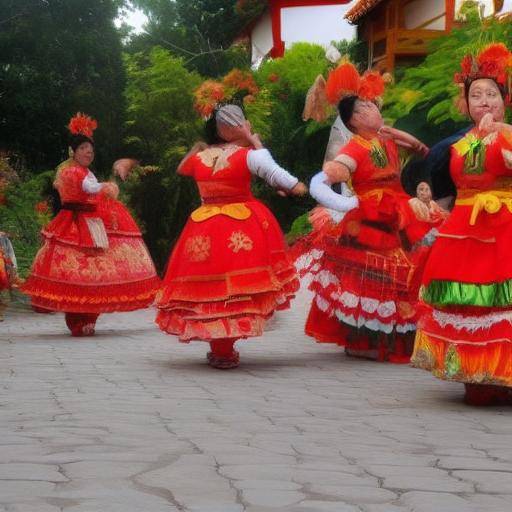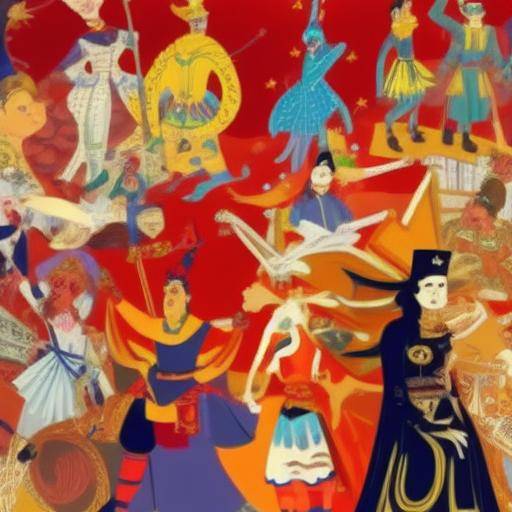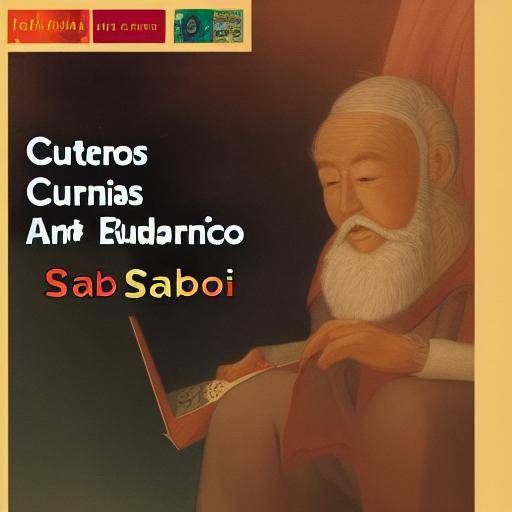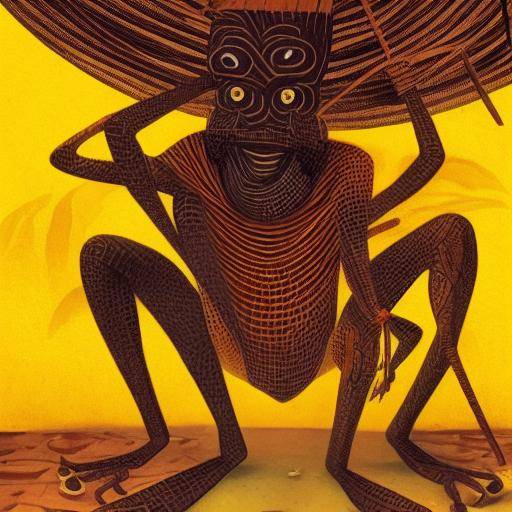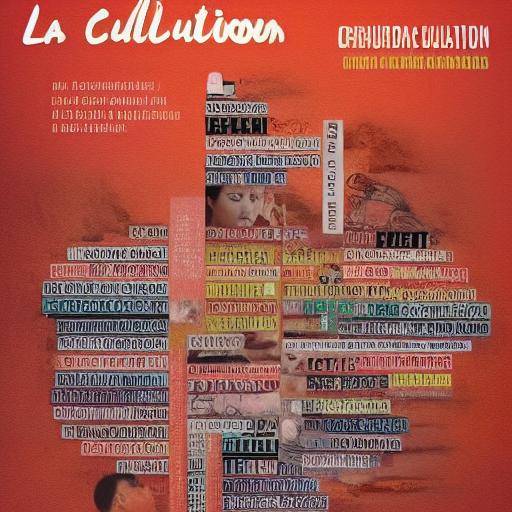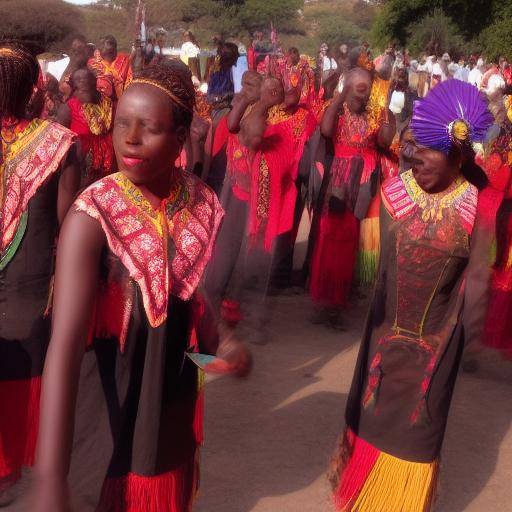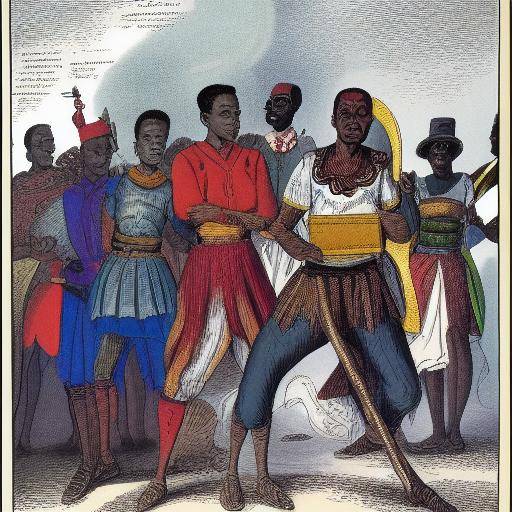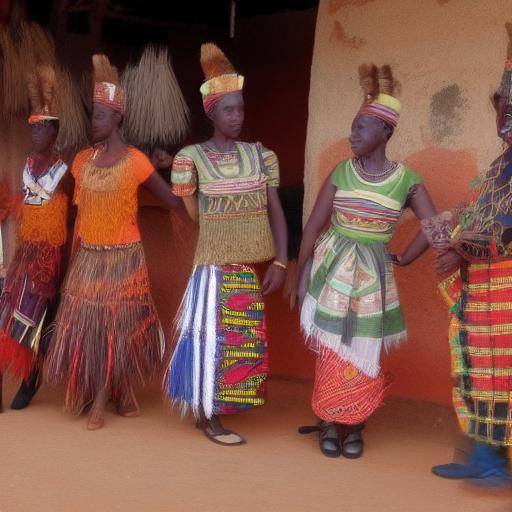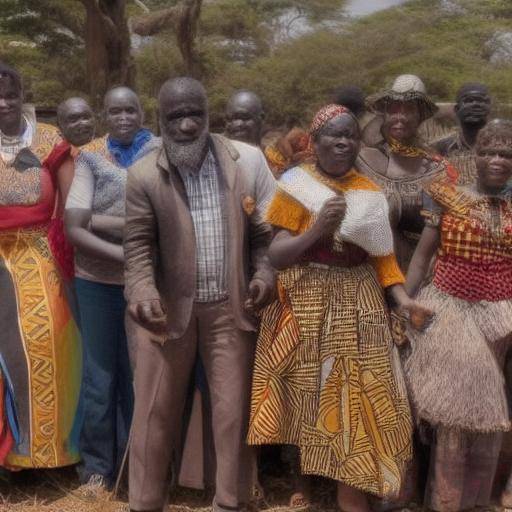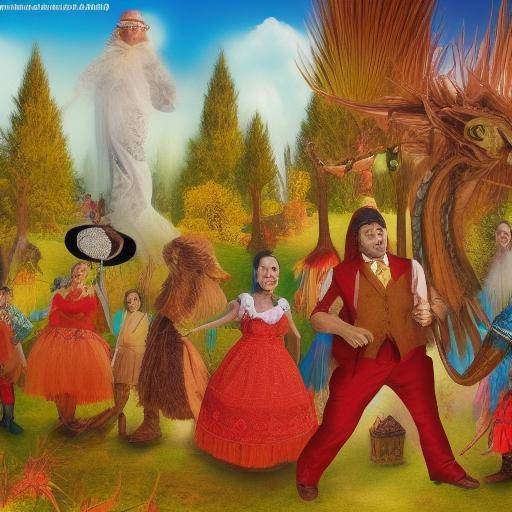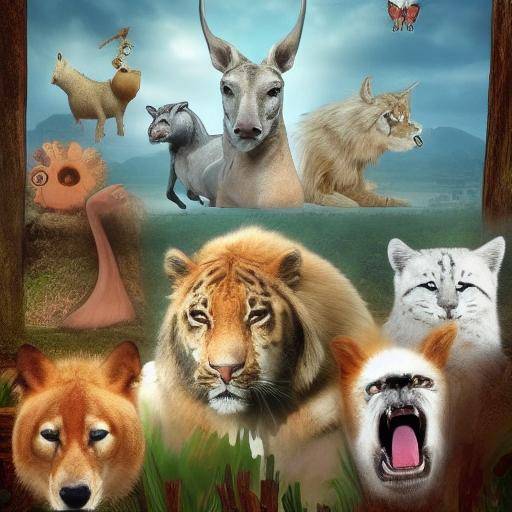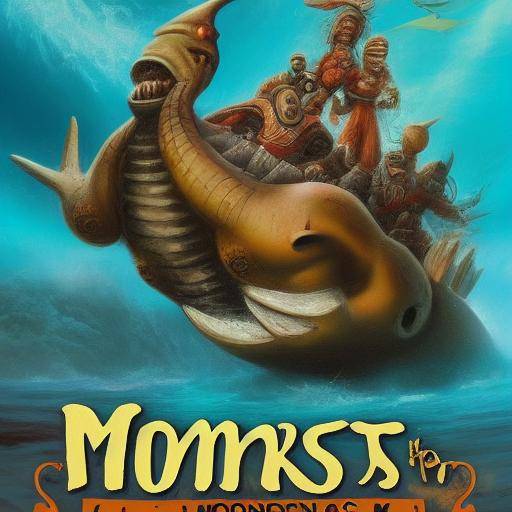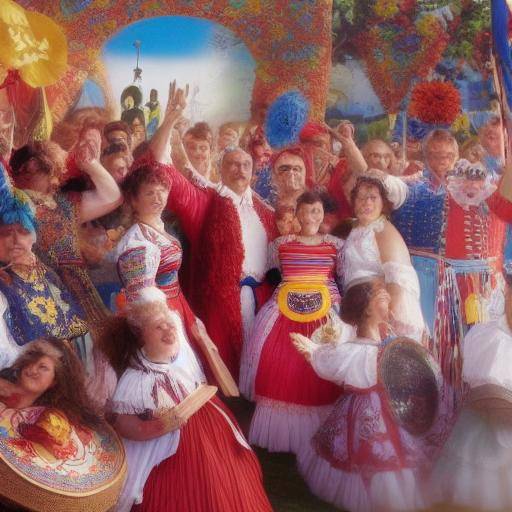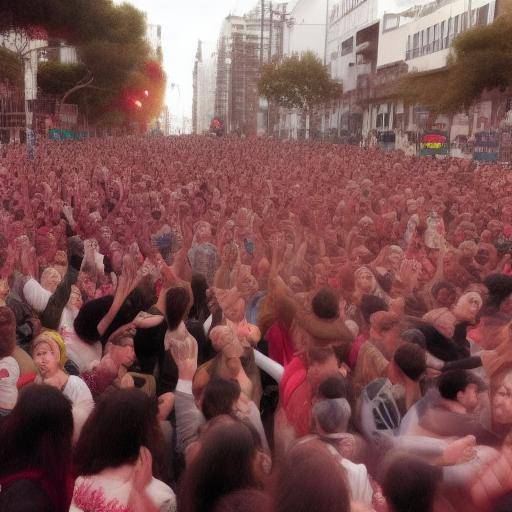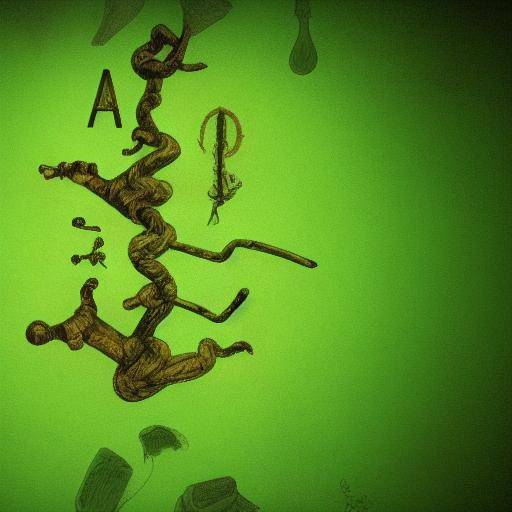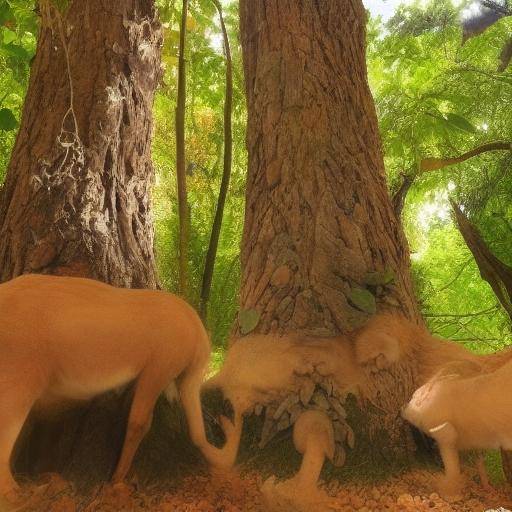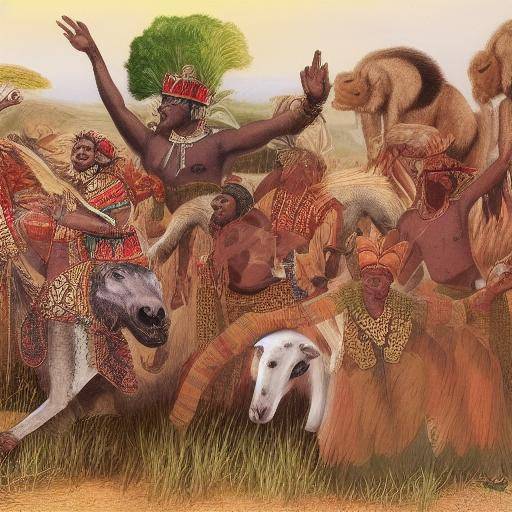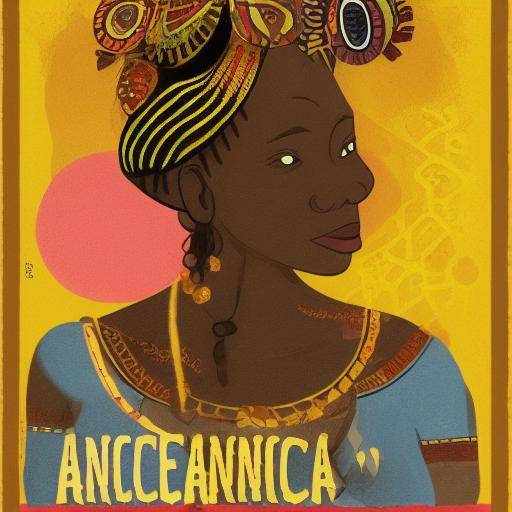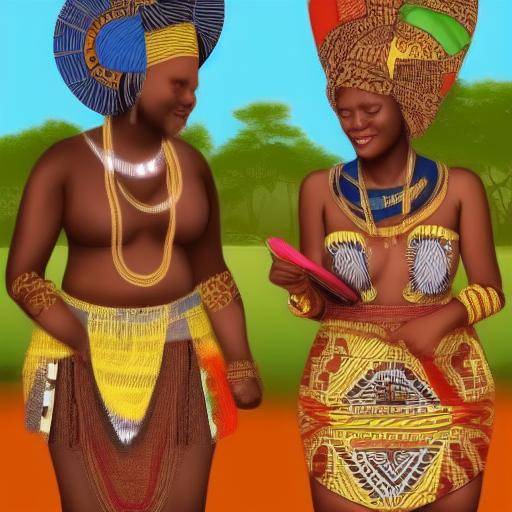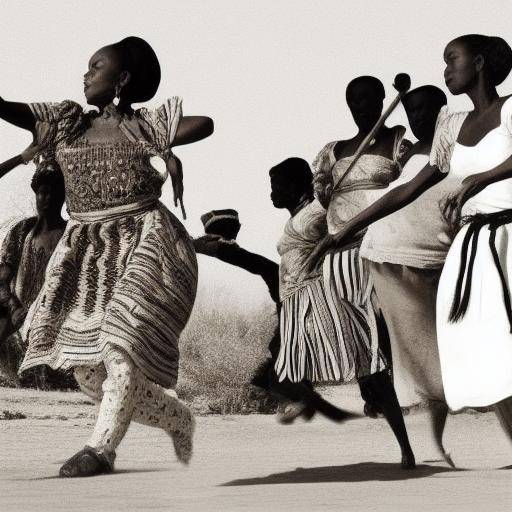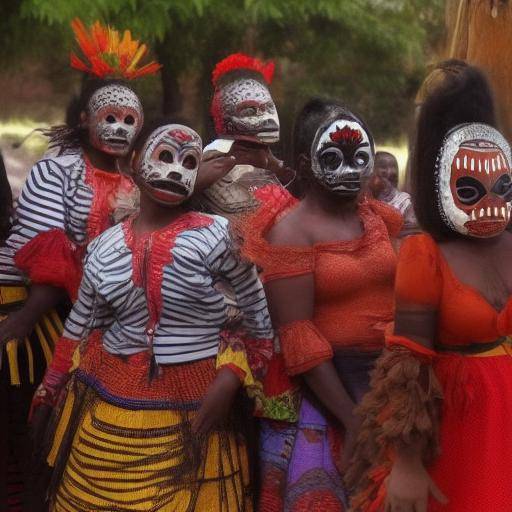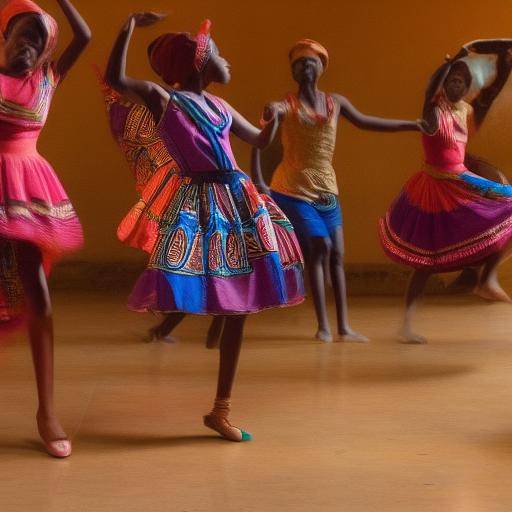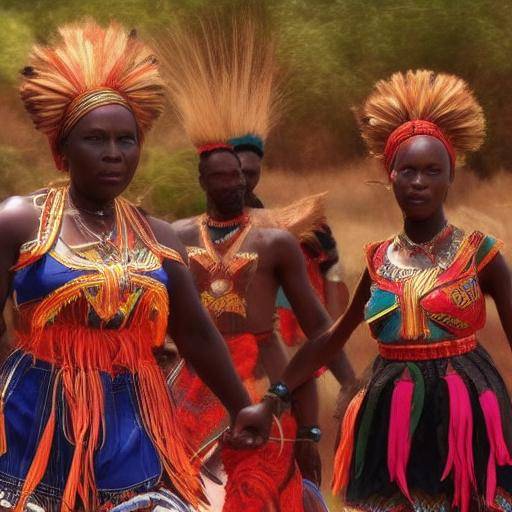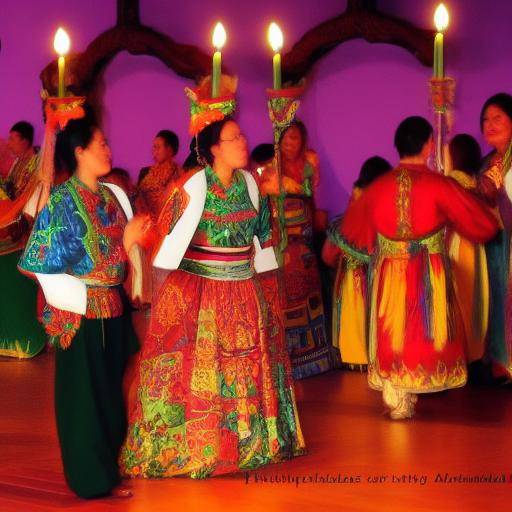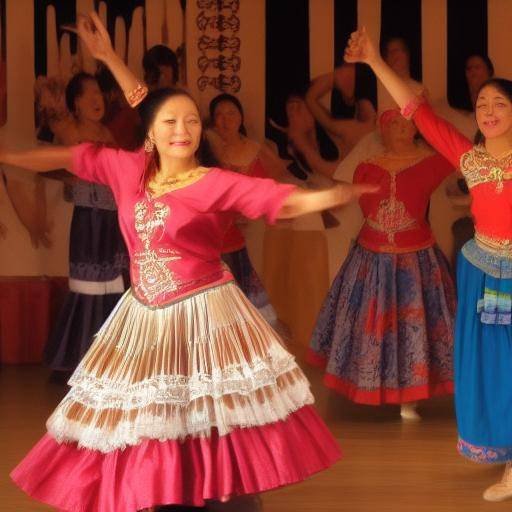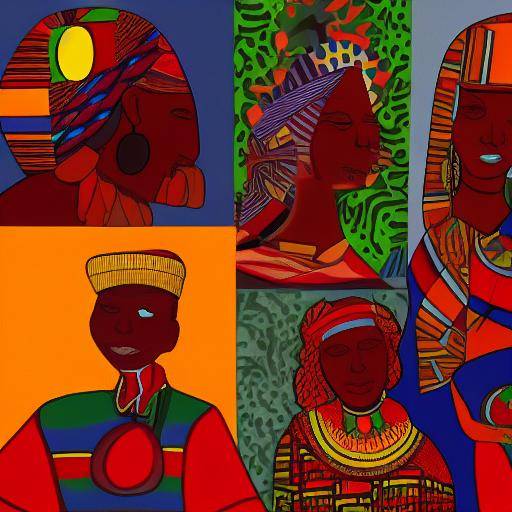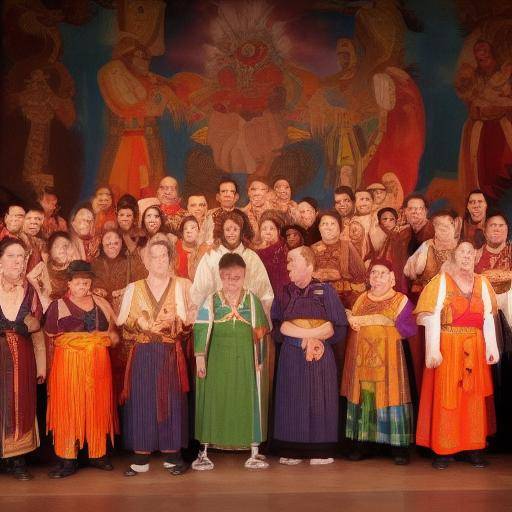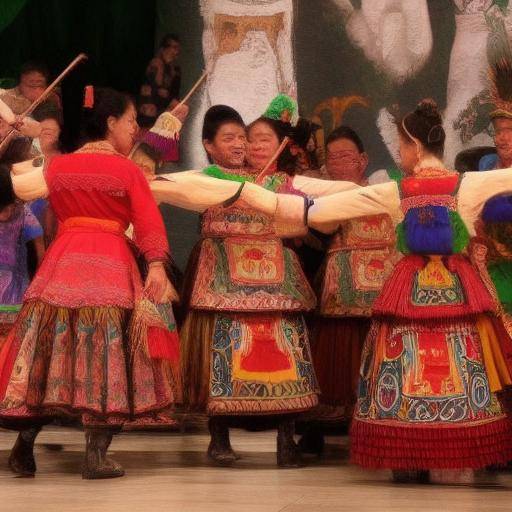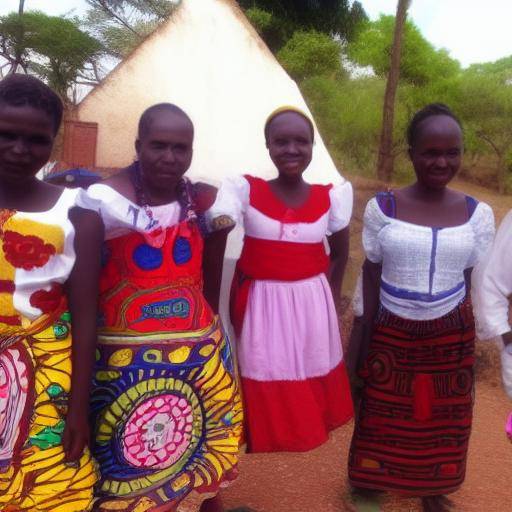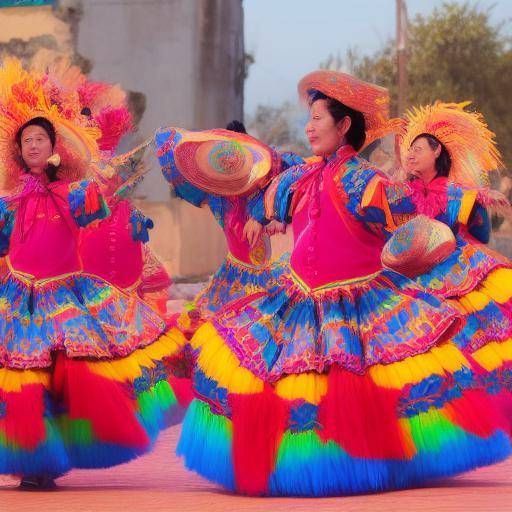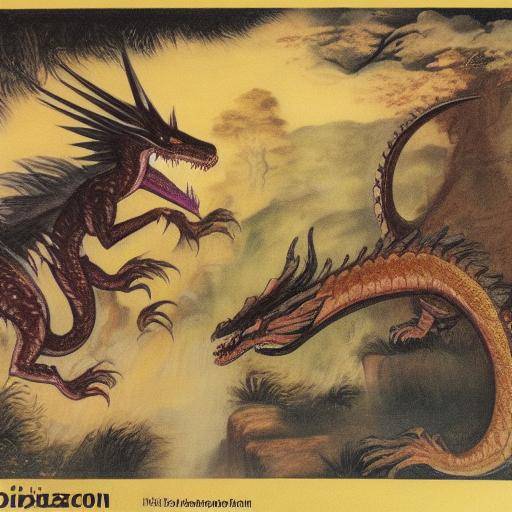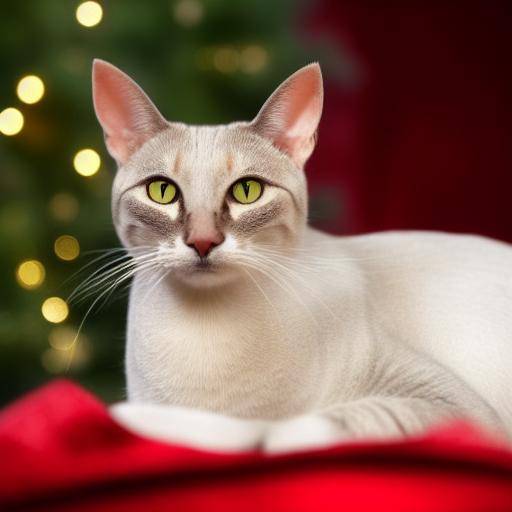
Welcome to a fascinating exploration of Jólakötturinn, an intriguing creature that is a vital part of Iceland's folklore! In this article, we will discover the history and cultural impact of this Christmas cat, as well as its connection to the tradition of receiving "new clothes" during the holidays. Dive into this journey to understand the rich narrative behind the Jólakötturinn and its relevance in Icelandic folklore.
Introduction: The Legend of Temible Jólakötturinn
The Jólakötturinn, which means "The Christmas Cat", is a popular figure in Icelandic folklore. According to tradition, this imposing cat runs through the villages during the Christmas season in search of those who have not received new clothes before Christmas Eve. It is believed that those who do not comply with this custom will face the threat of being devoured by the fearsome feline.
The symbolism behind the Jólakötturinn is intriguing, as the tradition of receiving new clothes before Christmas is rooted in Icelandic culture. This practice not only has a personal relevance, but also plays a significant role in the preservation of Iceland's folklore and customs.
History and Background: The Legacy of the Jólakötturinn
The history of Jólakötturinn dates back centuries, when life in Iceland was closely linked to agriculture and seasonal cycles. The need to prepare for the crude winter prompted the tradition of receiving new clothes, which became a way to celebrate the arrival of Christmas and welcome the new year.
The Icelandic folklore has kept alive the narrative of the Jólakötturinn, transmitting from generation to generation the importance of new clothing during the holidays. This tradition not only reflects the deep connection that Icelanders have with nature and traditions, but also serves as a way of fostering solidarity and community care.
Detailed Analysis: The Cultural Influence of the Jólakötturinn
The Jólakötturinn represents much more than a mere superstition; it is a living example of how folklore can shape the beliefs and behaviors of a society. The need to receive new clothes before Christmas and avoid the look of the Jólakötturinn has transcended the scope of mythology to become a practice rooted in Icelandic identity.
Through the analysis of folkloric stories, we observe how the Jólakötturinn has become a symbol of the importance of generosity and care among community members. This analysis reveals the depth of the connection between the iconography of the Jólakötturinn and the cultural roots of Iceland, providing a unique vision of the intersection between folklore, tradition and deeply rooted values.
Comprehensive Review: Rites of Pasaje and Folklore in Iceland
The space for new clothes in Iceland's folklore extends beyond mere material acquisition. It is a rite of passage that symbolizes the transition to a new cycle, renewal and hope. The links between the Jólakötturinn, new clothes and folklore intertwine to form a narrative rich in meaning and cultural transcendence.
Through an in-depth study of historical cases and contemporary practices, it is evident how the tradition of receiving new clothes before Christmas has evolved in parallel with Icelandic society, reflecting changes in social norms, family structures and individual aspirations. This wide exploration highlights the importance of understanding the cultural context in which the Jólakötturinn is registered, offering a revealing vision of its meaning within the Icelandic worldview.
Comparative Analysis: Exploring Connections between Iceland, New Clothes and Folklore
In considering these traditions as a whole, it reveals a cohesive narrative that intertwines Icelandic identity with its folk roots. The connection between Iceland, the acquisition of new clothing and the Jólakötturinn represents an emblematic example of how folklore integrates into everyday life and fosters the preservation of cultural values.
This comparative analysis highlights the importance of recognizing the complex interactions between clothing, folklore and collective identity in Iceland. By understanding the depths of these connections, light is shed upon the transcendence of Jólakötturinn as a symbol rooted in Iceland's social fabric.
Practical Tips and Accionable Recommendations: Celebrating the Icelandic Folklore
For those who wish to immerse themselves in the rich tradition of Jólakötturinn and the rite of receiving new clothing in Iceland, it is crucial to understand the intrinsic meaning of these practices. Encouraging to participate in the respectful adoption of these customs strengthens the connection with Icelandic culture and promotes greater appreciation for its folklore.
We encourage to celebrate the rich tradition of Jólakötturinn by actively participating in the custom of new clothing, recognizing its symbolic value and respecting its cultural roots. The acquisition of new clothes can serve as an opportunity to immerse yourself in the rich narrative of Icelandic folklore, connecting with the community and honoring the traditions that have endured over the centuries.
Perceptions of the Industry and Expert Reviews: Perspectives on the Icelandic Folklore
Gathering the opinions of experts in folklore and culture, it is clear that the Jólakötturinn and the tradition of new clothing have generated a debate around its contemporary meaning. Opinions range from deep-rooted perceptions in history to modern interpretations that seek to revitalize these traditions for current generations.
The perspectives of folklore experts reveal the wealth of interpretations that surround Jólakötturinn, the acquisition of new clothes and their meaning in Icelandic society. In considering these perceptions, the integral understanding of folklore and its impact on Iceland's cultural identity are nurtured.
Case Studies and Real Life Applications: Icelandic Folklore in Action
Through case studies, it is illustrated how these traditions find expression in Icelandic daily lives, in community events and in the public sphere. The integration of Jólakötturinn and the acquisition of new clothing in contemporary contexts demonstrates its continuing relevance in Icelandic society, as well as the crucial role they play in the preservation of folklore and community cohesion.
These cases of practical application offer valuable examples of how Icelandic folklore is intrinsically linked to everyday experiences, enriching the social and cultural life of those involved in these entrenched traditions. Beyond the festivities, folklore remains a dynamic force that drives Iceland's cultural identity.
Trends Futures and Predictions: The Legacy of the Island Folklore
In considering emerging trends in the preservation of Icelandic folklore, it is clear that the legacy of Jólakötturinn and the acquisition of new clothing will continue to play an integral role in the identity of Iceland. While the ways of participating in these traditions can evolve, its essence rooted in Iceland's rich cultural heritage will persist over time.
The predictions about the future of Icelandic folklore suggest that the role of Jólakötturinn and the acquisition of new clothing will continue to be a vital part of Icelandic identity. The dynamic adaptation of these traditions, in line with social and cultural changes, will allow folklore to remain a source of inspiration and connection with Iceland's collective history, enriching contemporary life with its deeply rooted roots.
Conclusion: A Celebration of the Cultural Heritage of Iceland
In short, the Jólakötturinn and the tradition of new clothing in Iceland transcend the mere festive practices to become fundamental pillars of Icelandic identity and folklore. These customs rooted in centuries of history have forged lasting links between the Icelandic community, thus preserving a rich narrative that remains relevant today.
In reflecting on the deep connection between Iceland, the acquisition of new clothing and the Jólakötturinn, the nation's cultural heritage is celebrated, strengthening the social fabric and promoting a greater understanding of the rooted traditions.
Frequently asked questions
Question 1: What is the relevance of Jólakötturinn today?Response: Jólakötturinn remains a significant figure in Icelandic culture, recalling the importance of solidarity and generosity during the holidays.
Question 2: How is the tradition of acquiring new clothes in Iceland celebrated?Response: The acquisition of new clothes before Christmas is a common practice in Iceland, symbolizing the renewal and celebration of the holiday season.
Question 3: What is the impact of folklore on Icelandic identity?Response: Folklore, including the Jólakötturinn and the tradition of new clothing, plays a crucial role in the formation of Iceland's cultural identity, strengthening community ties and preserving historical legacy.
Question 4: How has the tradition of Jólakötturinn adapted over time?Response: While the essence of Jólakötturinn has persisted, its representation and meaning may have experienced adaptations in response to social and cultural changes.
Question 5: What is the symbolism behind the tradition of new clothing in Iceland?Response: New clothing symbolizes a rite of passage that marks the beginning of a new cycle, reflecting renewal and hope for the coming year.
Question 6: How has the celebration of Jólakötturinn been modernized in contemporary society?Response: The celebration of the Jólakötturinn today may have integrated new expressions and contexts, keeping its essence while adapting to current dynamics.
In conclusion, exploring the complex intersection between Jólakötturinn, new clothing and folklore offers a fascinating window to Iceland's rich cultural legacy. These rooted traditions continue to weave a living narrative that strengthens community identity and cohesion, transcending time and maintaining its relevance in the 21st century. May this trip through Icelandic folklore inspire greater appreciation for these entrenched traditions and the dynamic role they play in contemporary society!

